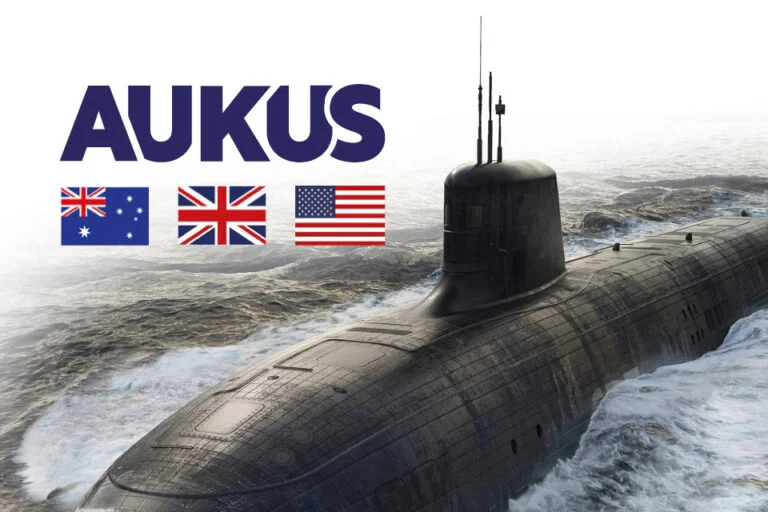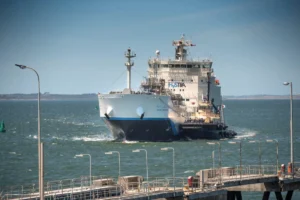Is AUKUS Diverting Much Needed Funds from Climate Action?
Image: Western Trade Coast
The 2021 AUKUS, military security pact between Australia, the United Kingdom, and the United States, is widely seen as a response to the perceived threat from China in the Indo-Pacific region. China has been a vocal objector, likening AUKUS to an “Asia-Pacific NATO replica” that threatens its regional influence.
What policies will Trump 2.0 lead the US global superpower in Australasia and pacific regions?
Australia’s US$368 billion+ Pillar 1 AUKUS investment, according to Paul Keating, locks in American bases all around Australia. Saddled with the new Trump national protectionist administration testing ASEAN democratic shared values around the Asia region, particularly in the South China Seas disputes with Philippines, Vietnam, Indonesia and Japan, and Australia as a negotiating linchpin – what is the destiny of the Australasia region without USA involvement?
In The Interpreter June 2024, Perter Dean wrote the top 10 reasons why AUKUS will survive Trump 2.0. Stands-outs are that AUKUS is not an ‘alliance’ such as NATO, but a technological shared defense treaty partnership, and in a polarised US political system, competition with China is one of the few bilateral points of agreement.
New Zealand is committed to maintaining a nuclear-free zone and a nation dedicated to peace and disarmament.
This week New Zealand voiced it’s reticent of AUKUS involvement again by former Prime Minster Helen Clarke, vocal about not being told by “Washington, Canberra or anywhere else” to make up our mind for us. “Independent military posture, engagement with AUKUS Pillar 2 positions us more one side that we want to be”. While advocates argue that this involvement aligns with New Zealand’s national interests and enhances regional security, critics worry that it could lead to a more hawkish stance against China and divert resources from climate action.
Where could US368 billion+ be best spent in Climate Action? Based on Australia’s current spending in Asia Pacific region- a lot more. As UN Climate Chief Simon Steill states, climate finance is the “great enabler of climate action”.
According to DFAT, Australia has committed significant funds to climate action projects in the Asia-Pacific region. Between 2020 and 2023, Australia provided $619 million in climate finance, including grants, loans, and private finance mobilized. This funding is focused on supporting climate resilience, renewable energy projects, and adaptation efforts in the Pacific Islands and Southeast Asia.
Australia’s climate finance commitment for 2020-2025 is expected to reach $3 billion, with a significant portion directed towards the Pacific region. This includes contributions to multilateral climate funds like the Global Environment Facility and the Green Climate Fund, as well as bilateral and regional programs
Money better spent for quality of life and Climate Action, in Australia and the Asia Pacific region, would be by Investing in Renewable Energy Projects as well as off-grid renewable energy solutions for remote communities; Climate Resilience Infrastructure to protect against climate impacts like floods, coastal erosion, and extreme weather events; Adaptation Projects for flood alleviation and coastal protection; Energy Efficiency by upgrading buildings and infrastructure to be more energy-efficient; and Public Transport expanding and improving public transportation systems to reduce car emissions; and Funding Research and Development innovation in green technologies and climate solutions.
These investments would significantly contribute to reducing emissions and enhancing climate resilience for all.
For reference:
Pillar 1 is Australia’s acquisition of nuclear-powered attack submarines and the rotational basing of U.S. and U.K. nuclear-powered submarines in Australia.
Pillar 2 is Collaborative development of advanced capabilities in areas such as undersea technologies, quantum technologies, artificial intelligence, advanced cyber, hypersonic and counter-hypersonic capabilities, and electronic warfare.















